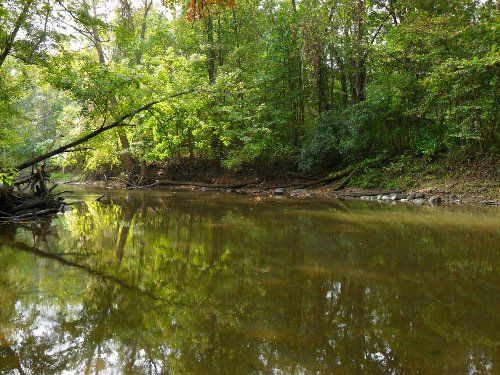Guide to Cedar Creek
History: Water Mills Along Cedar CreekShirley Meighen
Stoner's Mill (Huntertown Historical Society)
When Indiana was a very young state, early settlers of the Cedar Creek Valley realized that the rivers and forests could contribute significantly to their lives by providing both a means for income, and supplies for building. The result was the construction of 35 water- powered mills from 1827 -1885. Many were located in the Huntertown - Cedarville area and used as sawmills, or for grinding corn and flour.
First, a dam was erected some distance upstream from the mill. The dam resulted in a “run” down from the dam. This “run” was the channel where the race water entered the mill, just before the current flowed over or under the mill wheel. The round stone that ground the grain and cracked the corn was called the “buhr.” The sawmill used an upright or circular saw and a 6 foot turbine wheel.
The longest continuously operating sawmill on Cedar Creek was Stoner's Mill, lasting 76 years (1834-1910). It was also the first water-powered mill, built in 1834 in Perry Township, a little less than a mile south of Big Cedar Creek, near Old Coldwater Road and near the confluence of Little Cedar and Big Cedar Creeks. In their time, these mills served the community and their operators well. They were eventually forced to close due to modern methods and equipment, to tile drainage regulating natural run-off, and to settlers’ removal of the forested areas which had provided the natural, necessary watersheds to replenish the streams.
More to Explore . . .





